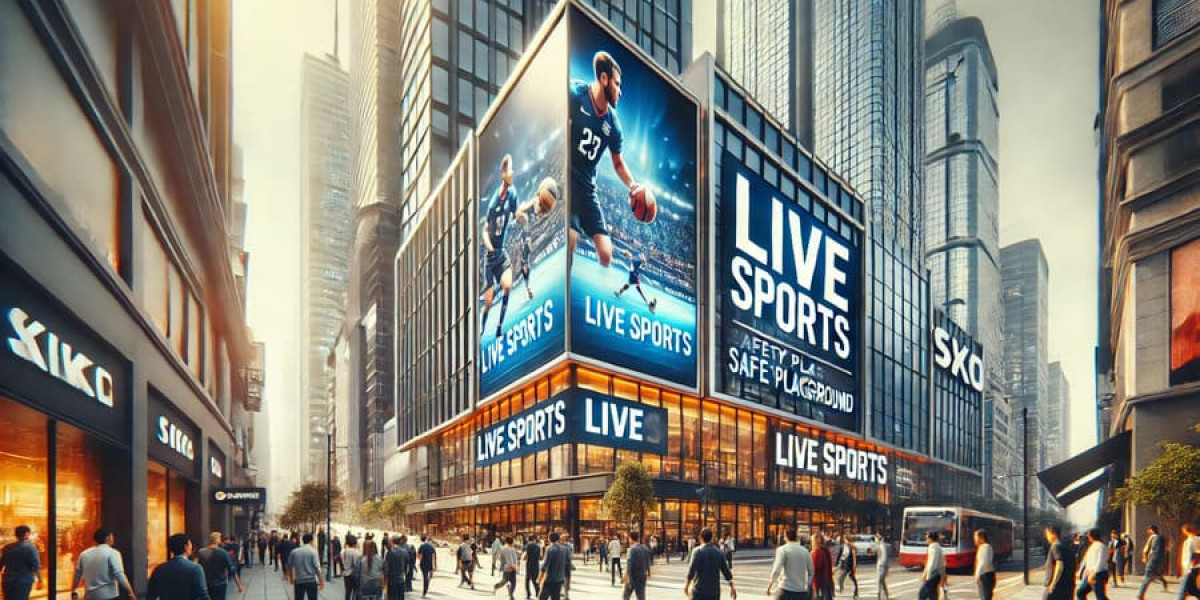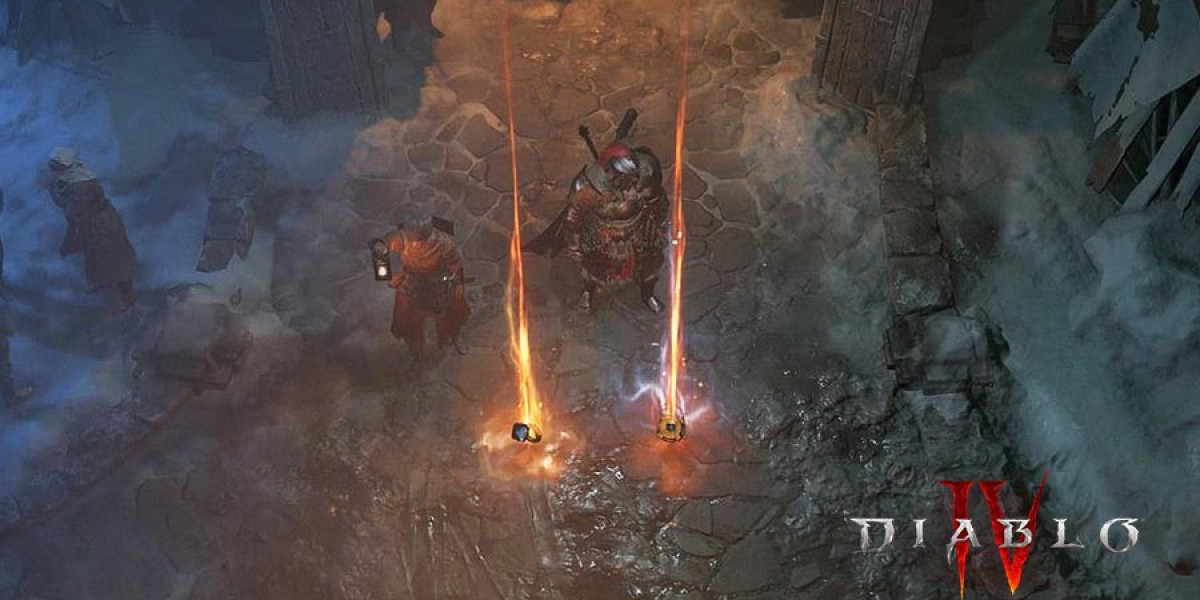A driver's license can be an exciting time in the life of the first-time driver. The Graduated License Law governs the steps and restrictions that must be followed to obtain the driving license.
 First drivers must pass a vision test as well as an exam written. In addition, they must complete an approved driver education course by the state and log practice hours.
First drivers must pass a vision test as well as an exam written. In addition, they must complete an approved driver education course by the state and log practice hours.Permit
A learner's permit is an essential step towards obtaining your full license. It allows you to drive under the supervision of a licensed driving instructor for a certain amount of time. It typically ranges between six months and a year. The driver who is licensed must obey the restrictions listed on the card, including the time they are allowed to drive and the number of people who can be driving with them.
The process for obtaining an Learner's Permit requires meeting eligibility requirements in scheduling tests, as well as passing the tests. State requirements may differ. In New York for example, applicants are required to complete an application form (MV-44), provide proof of date and identity, and have a parent or guardian sign the form. The DMV also requires proof of additional identification, such as passports or military IDs. Making sure you have all the necessary documentation in order prior to visiting the DMV can prevent any unnecessary delays while you work towards obtaining your permit.
The DMV will issue you a learner's permit once you have passed the written and vision test. In the course of the test, you'll be required to read letters and numbers, cover one eye and examine a series of shapes and follow the instructions of the DMV staff. You will be allowed to wear glasses or contact lenses for the test, in the event that you require them.
The written and the visual tests are conducted at the DMV offices, which is where you will also be in a position to pay the fee. You will receive your official permit in the mail after you have passed the test. Keep your permit with you at all times when driving and ensure that you abide by the restrictions on it at all times.
Intermediate License
If you've completed your time of supervised driving (instruction permit) and passed the written test then it's time to apply to apply for an intermediate license. The exam consists of 20 multiple-choice questions about traffic laws, rules, and signs. To pass, you must correctly answer 14 of the 20 questions. It's a good idea to prepare for the test by doing it repeatedly, so you can get familiar with the material prior to when you take it. To help you prepare, also read through the Driver's Manual.
The next step is passing the road test, which is a driving demonstration of your ability to safely drive a vehicle in a variety of conditions. You will be asked to execute basic maneuvers like backing up turning left and right, and driving up to 60 mph. You'll be required to demonstrate your ability operate a vehicle that can handle various types of load, including emergency situations and passengers.
If you pass the test, a temporary photo license will be issued to you. You'll keep it until your permanent driver's licence arrives in the post. If you fail the test, you'll get a letter with feedback from your examiner with suggestions to improve your skills. You can retake the test whenever you'd like.
Teen drivers have special restrictions under the Graduated License Law in New York State. These restrictions vary according to which of the three geographical areas of the State - Upstate, NYC and Long Island (Nassau and Suffolk) you live in.
For example, if you hold an intermediate license in NYC you'll have to be with a licensed driver of at least 25 years of age in the front seat while driving unless you're going directly to or from work or school. You'll also be restricted as to the number of passengers you are allowed to carry when you're an intermediate license owner in NYC. The restrictions are designed to decrease distracted driving by teens, which have been proven to be among the leading causes of teen crashes and deaths. This is beneficial for everyone on the road.
Restricted License
In certain instances the suspension of a driver's license may be due to an alcohol- or drug-related offence such as DUI or DWI. Other reasons could be refusing to take the breathalyzer test or blood test or accumulating an excessive amount of points on your driving record. Drivers who plan to drive during a suspension period may be eligible for an restricted license. The process for obtaining the restricted driving license differs from state to state. A driver must demonstrate that inability to drive would cause them an undue burden. This requires them to prove an acceptable reason, such as the inability to use public transportation or attend classes.
The conditions and terms of a restricted license are different by state, but some common restrictions include the restriction on driving to or from gatherings for social or recreational purposes driving in certain counties or municipalities, or driving for purposes not related to the running of the household (i.e. grocery store or gas station, pharmacy, etc.). Drivers on restricted licenses will also be required to install and maintain an ignition interlock device inside their vehicle, which will ensure that they aren't driving while under the influence of alcohol or other drugs.
It is important for drivers who are considering applying for restricted licenses to be aware that they must adhere to the rules and guidelines of the program. If they violate any of these guidelines they could face additional fines or get their restricted license suspended completely.
A restricted license can be an excellent option for those who aren't capable of living without their cars to travel around, but it is still far from the ideal solution. Carpooling, hiring a loved one to drive, or taking alternative transportation are great ways to get around if your license is suspended.
If you've been convicted for DUI If you have been charged with DUI, a licensed New York traffic hearing lawyer can assist you in determining whether or not you're qualified to get a restricted license, and assist you in the process of getting your full driving privileges restored. Contact us for more information about our services.
Full License
You will work towards obtaining a full driving license as you acquire more driving experience and demonstrate that you are capable of driving in a safe manner on your own. In the US, this is called a Driver's License. You'll have to pass a written and a driving test. The license also requires you to provide proof of age and a clean driving history. You can attend an initial driving education or pre-licensing course to prepare for these tests, and take plenty of driving exercises prior to taking your test.
The process for obtaining a full driver's license varies according to state, but all have some form of graduated licensing law. This usually involves a series of restrictions on when and how many passengers you are allowed to carry, and sets the age limit for young drivers. These restrictions are intended to give new drivers time to gain experience, and demonstrate that they can take on the responsibility of driving a vehicle.
You can obtain a Class D license (Junior driver) in New York at 16 years old, provided you successfully pass a specific test and meet certain requirements. This license is a limited one to allow you to drive passenger vehicles that have an official gross rating for the vehicle. It doesn't permit you to drive commercial vehicles or vehicles equipped with trailers.
New York offers an enhanced driver's license. It's similar to a regular driver's license, but it is valid in Canada and Mexico and proves your citizenship and Www.Licencefrancexpress.Com nationality in addition to driving privileges. To be eligible for an enhanced license, you must possess an official United States passport or other documentation that proves your identity and shows that you are an US citizen.
There are also other license classes for people who have special needs. For example, the A, B and C Commercial Driver's Licenses (CDLs) for people who wish to operate commercial vehicles. There are additional classes of licenses, including Class E which is a restricted license for driving passenger cars with a gross vehicle rating less than 26,000 lbs, and Class M which is for motorcycles.







